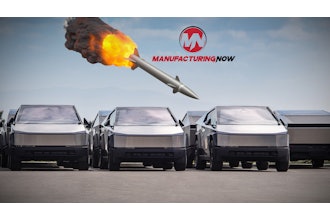When it comes to the global supply chain for high-demand semiconductors, if it’s not one thing, it’s another. And it seems that just as analysts were hinting at a reprieve from bottlenecks, there’s been another big hit that could have far-reaching implications for the auto industry.
Just before midnight on March 16, a 7.4-magnitude earthquake struck near the Fukushima province in northeastern Japan. Yes – that Fukushima; the one that sustained an earthquake and subsequent tsunami in 2011 that was severe enough to knock a nuclear power plant offline, a disaster which the region is still recovering from.
In this case, there are several factories that are shutting down, at least in the near term, in response to this quake, and unfortunately for the delicately positioned semiconductor market, one of them is a chip plant.
Renesas Electronics Corp., the Japanese manufacturer responsible for roughly a third of the global supply of microcontroller units used in the automotive industry, has suspended production at two chips plants and partially ceased output at another.
The same company also made news in 2021 when a fire broke out in its Naka plant in Japan, hobbling operations for months and adding pressure to an already dire supply chain.
Hideki Yasuda, an analyst at Ace Research Institute, told Reuters that these types of disasters are a “pure negative” and that “components are currently selling as fast as you can make them."
Unfortunately for the region, other industries will be affected, as well. Reports say two other electronics companies halted their operations, including smartphone parts maker Murata Manufacturing and three of Sony Group’s factories that put out storage media, laser diodes and image sensors.
The news comes amid recent reports detailing Fukushima’s lingering problem of how to decommission the site that experienced a meltdown in 2011. Nearly 900 tons of melted nuclear fuel still remain inside the three damaged reactors, and its removal is an unprecedented challenge that local officials believe will take another three decades.






















